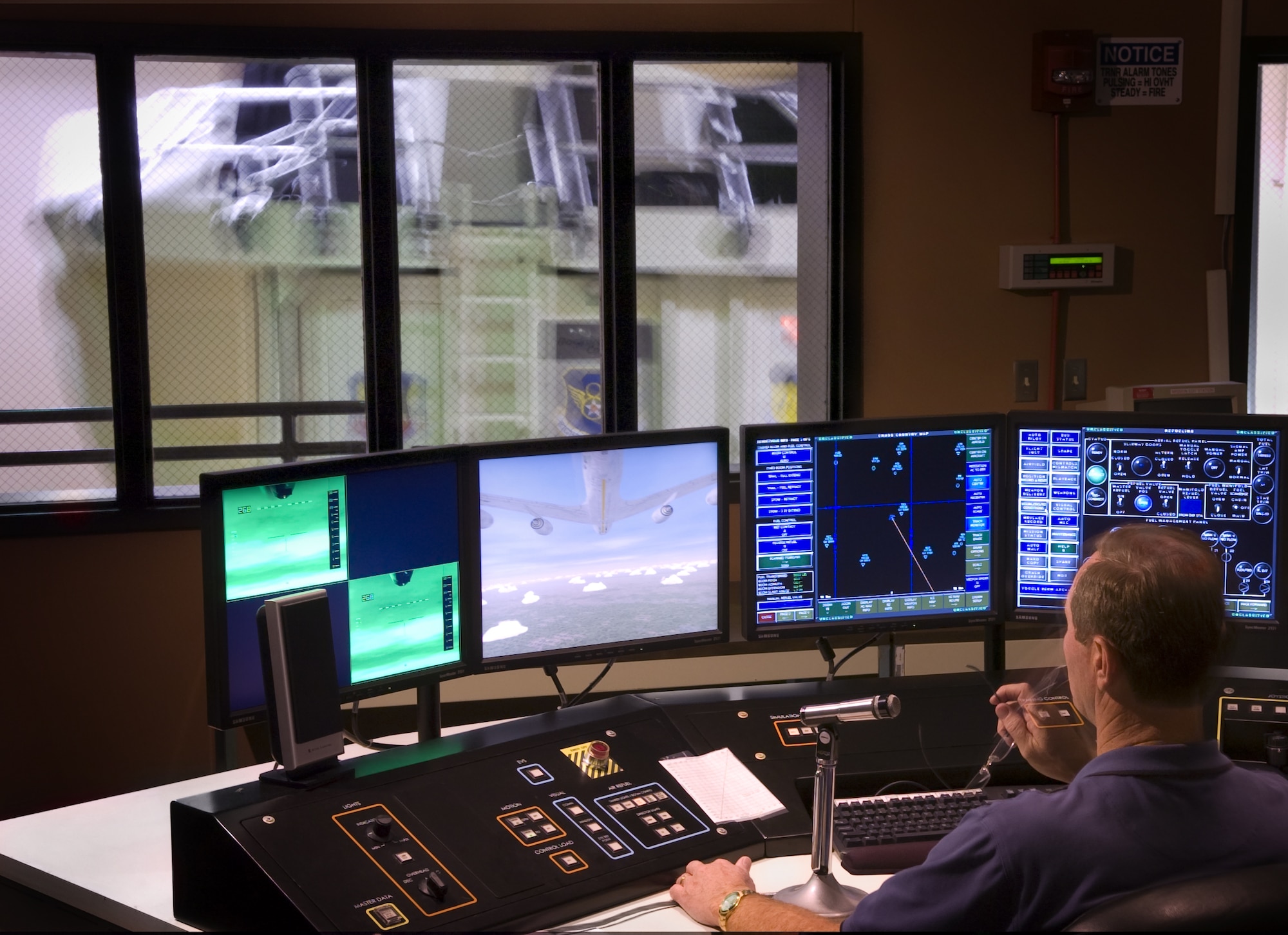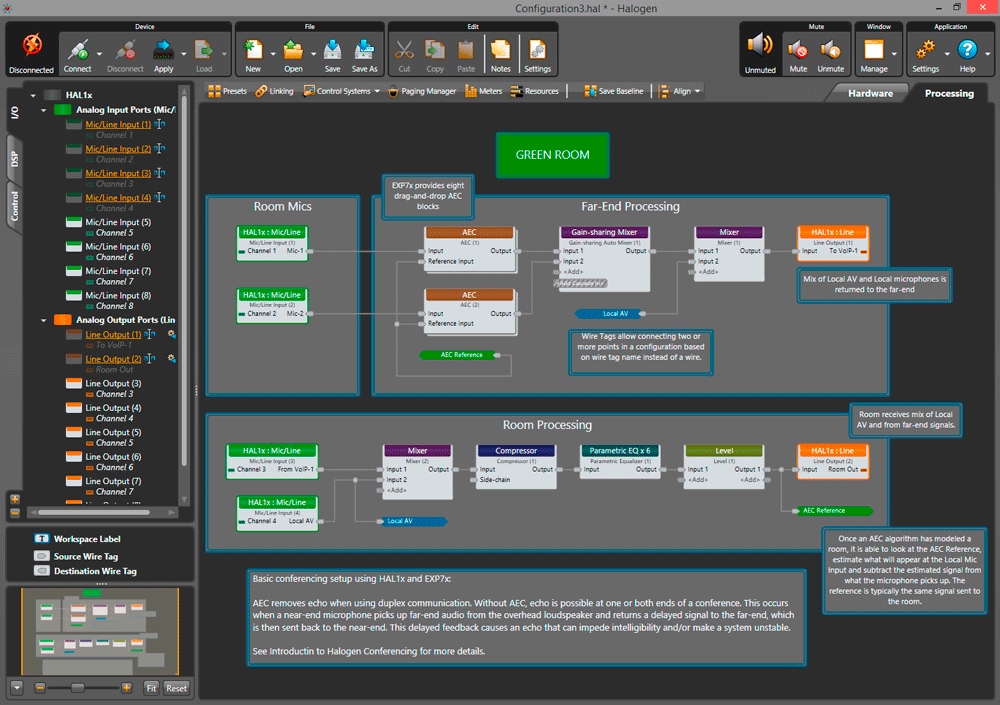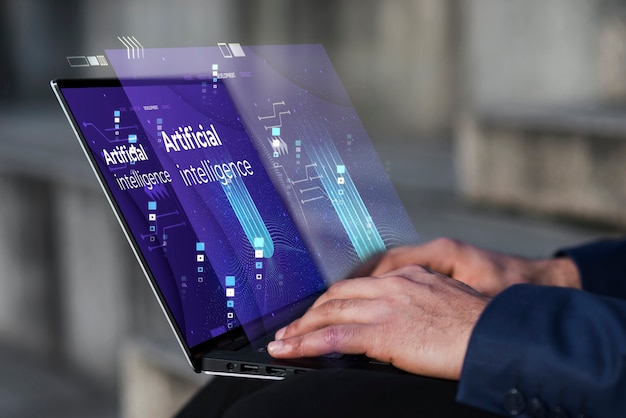Introduction:
Transportation is an essential component of modern society, facilitating the movement of goods, services, and people. Over time, various advancements and innovations have revolutionized the way we travel. This report aims to provide an overview of transportation in the early 21st century, Ai Logistics Software using Ai for Dispatching highlighting the significant changes that occurred in the year 2000 and analyzing its impact on mobility, sustainability, and efficiency.
1. The Rise of Information Technology in Transportation:
As the year 2000 marked the beginning of the digital revolution, it had a profound impact on the transportation sector. Integration of information technology played a vital role in transforming the way transportation systems operated. The widespread adoption of the internet and GPS technology allowed for real-time tracking, Logistics Software using Ai optimizing routes, and improving overall efficiency.
 2. Urbanization and Its Effects on Transportation:
2. Urbanization and Its Effects on Transportation:
The year 2000 witnessed a significant increase in urbanization, leading to population concentration in cities. With growing urban centers, various transportation challenges emerged, such as congestion, pollution, and inadequate infrastructure. This forced authorities to explore innovative strategies, including the promotion of alternative modes like cycling and walking, Protow Logistics Software using Ai and the development of sustainable transportation systems.
3. Railroad Rejuvenation:
Although the rail system had faced decline in previous decades, the year 2000 experienced a resurgence of interest in this mode of transportation. Governments invested in modernizing rail infrastructure, Ai Logistics Software using Ai for Dispatching which involved upgrading tracks, enhancing safety measures, and increasing passenger comfort. This rejuvenation of rail transportation aimed to provide an efficient, eco-friendly, and reliable alternative for Logistics Software using Ai both passengers and freight.

A major focus of transportation in 2000 was addressing environmental concerns. The detrimental effects of vehicular emissions and fossil fuel consumption prompted governments and organizations to promote greener transportation alternatives. Hybrid and electric vehicles gained popularity, and governments introduced incentives to encourage their adoption. Additionally, public transportation systems were extensively modernized, aiming to reduce private vehicle usage and promote more sustainable mobility options.
 5. Aviation Advancements:
5. Aviation Advancements:
The year 2000 witnessed significant progress in the aviation industry. Airlines began embracing e-ticketing, making the booking process more convenient for passengers. Additionally, the introduction of low-cost carriers revolutionized the air travel market, making it accessible to a wider population. Airports worldwide started adopting advanced security measures, implementing stricter regulations in response to growing concerns around terrorism.
 6. Technological Innovations in Automotive Industry:
6. Technological Innovations in Automotive Industry:
The automotive industry witnessed a surge in innovative technologies, particularly in terms of safety and convenience. Anti-lock braking systems (ABS), electronic stability control (ESC), and Logistics Software using Ai advanced driver-assistance systems (ADAS) became increasingly prevalent, enhancing the safety standards of vehicles. Moreover, the integration of GPS-enabled navigation systems and communication tools made driving more efficient and allowed for Logistics Software using Ai real-time traffic updates.

The year 2000 marked a significant milestone in transportation, Ai Logistics Software using Ai for Dispatching witnessing the rapid development of various modes of travel. The utilization of information technology, revival of railways, increased focus on sustainability, aviation advancements, and automotive innovations contributed to an overall transformation of transportation systems. As the world continues to evolve, it is crucial to analyze the developments of the past and build upon them to shape a more efficient, Logistics Software using Ai sustainable, and Logistics Software using Ai accessible transportation future.









